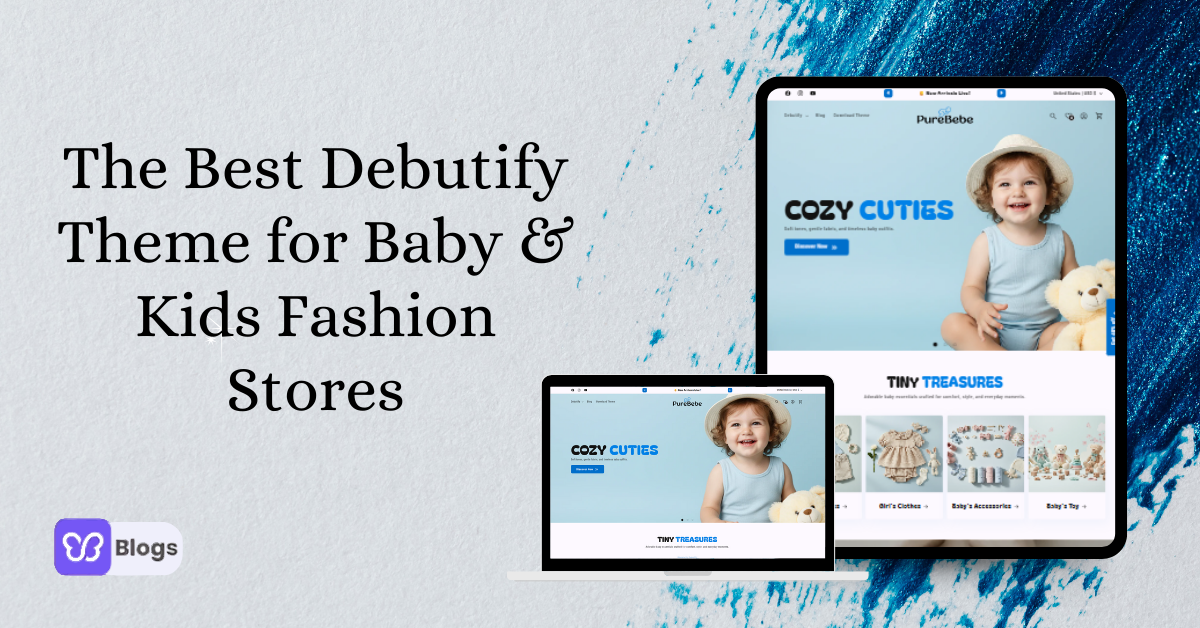In e-commerce, color selections have a big psychological influence on sales, brand perception, and user experience. A consistent use of color on an e-commerce website encourages repeat business and helps buyers recognize and recall the brand.
Customers' initial impression of a brand is shaped by its visual attractiveness, which includes color selections, as it evokes feelings and establishes the mood for the buying experience. Proper color selection can increase a product's appearance, trustworthiness, and attractiveness—all of which can increase click-through rates and conversions.
Due to the psychological effects of color selections on consumer behavior, many colors have distinct connotations and feelings. Comprehending cultural inclinations regarding color pattern and guaranteeing sufficient contrast between colors is imperative for both readability and accessibility. Conversion rates can also be maximized by carefully choosing colors.
Colors play a significant role in influencing customer experience, loyalty, and satisfaction across various industries. They have a profound psychological impact on individuals, evoking specific emotions and associations. Consistent use of colors helps in brand identity and recognition, reinforcing brand recall and differentiation from competitors.
Bright or contrasting colors can attract attention, leading to increased visibility and sales. Colors can influence consumers' purchasing decisions, with impulse purchases often driven by emotional responses triggered by color. Colors can also create an atmosphere, with calming colors promoting relaxation and vibrant colors promoting energy or creativity.
Cultural considerations are crucial for businesses operating globally or in diverse communities. Color choices also affect user experience in digital environments, such as websites or apps. Consistent use of colors that align with a brand's values and promises can foster trust and loyalty among customers.
Understanding the psychological and cultural influences of colors allows businesses to make informed decisions that positively impact their brand perception and customer relationships.
Color choices in marketing are influenced by the psychology of how colors influence human emotions, perceptions, and behaviors. Emotional triggers, cultural context, and call-to-action are key factors in marketing. Red, blue, green, yellow, black, and purple are all associated with specific emotions, such as excitement, passion, and urgency.
In Western cultures, white symbolizes purity and cleanliness, while in Eastern cultures, it symbolizes mourning. Red can symbolize luck and prosperity in Asian cultures, while Western cultures may see danger or warning. Brand identity is also crucial, with consistent use of colors across all marketing channels helping in brand recognition and recall.
Call-to-action colors, such as red and orange for "Buy Now" or "Shop Here" buttons, create a sense of urgency and encourage immediate action. Gender preferences also influence how products are marketed to different demographic groups.
The context and application of colors also impact their effectiveness in marketing. Understanding the psychology behind color choices allows marketers to strategically select colors that align with their brand's objectives, resonate with their target audience, and effectively communicate their message, ultimately driving sales and brand loyalty.





